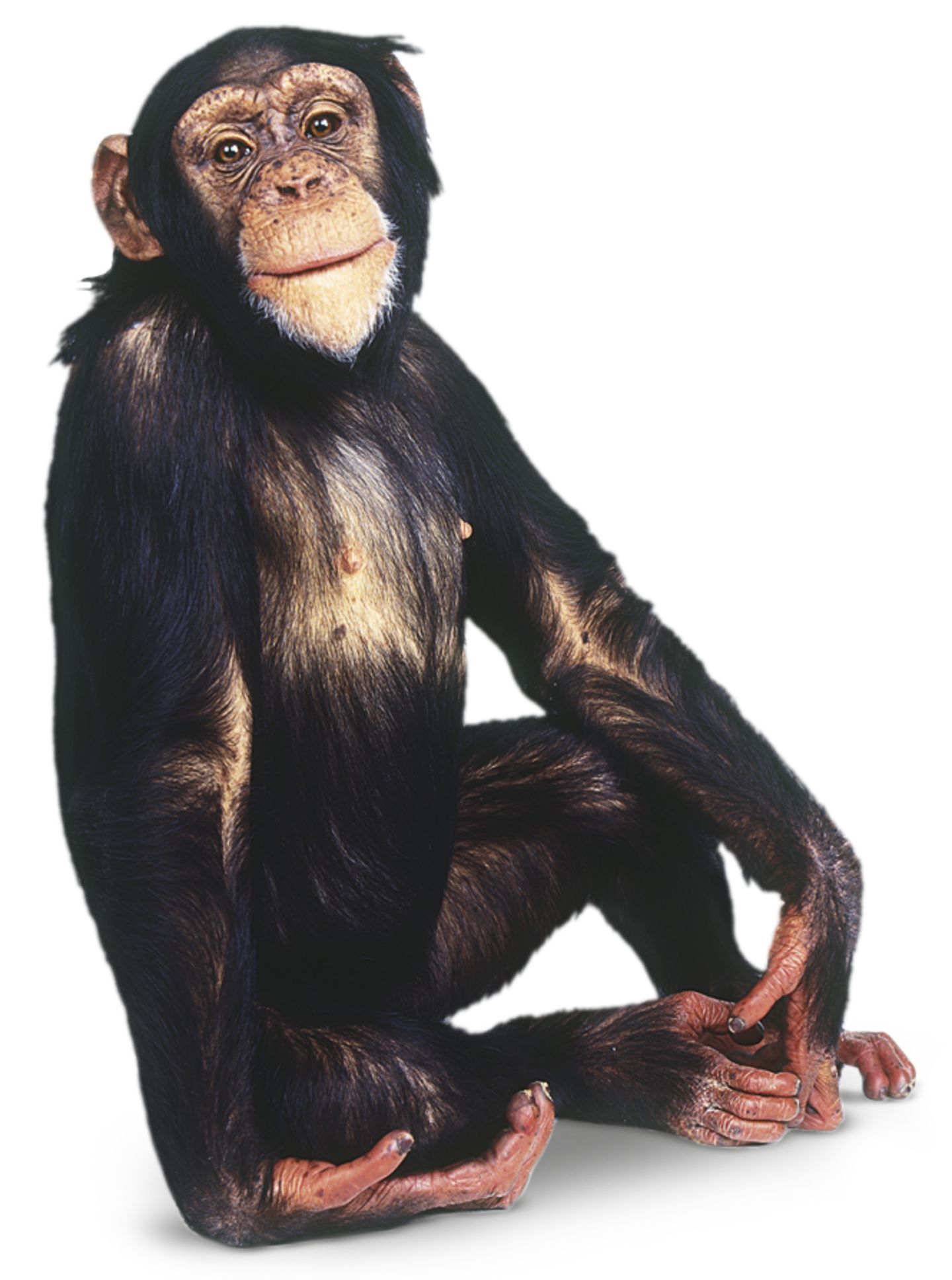
Hylobatidae (i.e., Lesser Apes like gibbons) and Hominidae (i.e., Great Apes, including humans)Ĭallitrichidae (e.g., marmosets) and Cebidae (e.g., squirrel monkeys)Īround 23 between Lesser Apes and Great Apes.Īfrica and Southern Asia. New-world monkeys: Platyrrhini (flat-nosed) Old-world monkeys: CatarrhiniĬercopithecoidea (Old World monkeys like baboons and macaques) and Hominoidea (Great Apes and Lesser Apes) Share this article with your friends and followers by using the social media buttons below.Differences - Similarities - Ape versus Monkey comparison chart These animals are becoming increasingly endangered in today's world, so we must do our part to keep them around for generations to come. Want to learn more about monkeys? Or have you been left awe-inspired by the apes? Get to know your distant relatives on one of our projects. (Bonobos, siamangs and even humans are the other apes to add to that little list!) There are many more species of monkey to get to grips with, so like we mentioned before: keep your eyes peeled for a tail, and then you'll know you've spotted a monkey! If it’s not a gorilla, gibbon, orangutan or gimp…it’s probably a monkey.
#Chimpanzee monkey ape how to
That said, each species can be taught how to confidently use sign language, as well as computer keyboards.and have even been proven to develop their own words in these languages, which really does represent impressive cognitive ability! Across the board, this type of primate has been recorded as exhibiting extensive language capability, however are unable physiologically to produce speech. Apes are more competent in learning – at least, in terms of similarly useful human behaviours.In fact, the chimpanzee is the human’s closest living relative and has been observed using simple tools to an extensive level, and they even seem to have some kind of societal culture.

With their basic body structure, similar behavioural patterns and - not to brag - high level of intelligence, these primates represent us quite a bit. Gorillas, chimpanzees, orangutans and gibbons are much more like us – Unlike the more genetically different monkey, it has been said that apes are much more like us human beings.

Take, for example, the Barbary macaque - considered to be a monkey, these animals are in fact tailless! An easier way to tell the difference is that most monkeys have tails, whereas no single ape has one. Apes don’t have tails, whereas monkeys do – though there are exceptions to this supposed rule.Hey, if it saves one of us from embarrassing ourselves in next week’s pub quiz… It’s with this that The Great Projects wants to share with you all the ways in which our favourite fuzzy friends are set apart. While apes and monkeys are both primates, often hanging out in trees and just being generally cool, there are actually a huge amount of differences between these two types of animal and their specific species. Okay, while not all of us are as vocal as the next guy when it comes to chattering about our favourite animals, one thing I can say we’ve all been guilty of is mixing up what is and isn’t a monkey. We’ve all been there – talking excitedly about our favourite animals with our friends, giddily sharing facts and bits of infomation…no? Just me, then. Posted by Leanne Sturrock on 8th Dec 2016


 0 kommentar(er)
0 kommentar(er)
